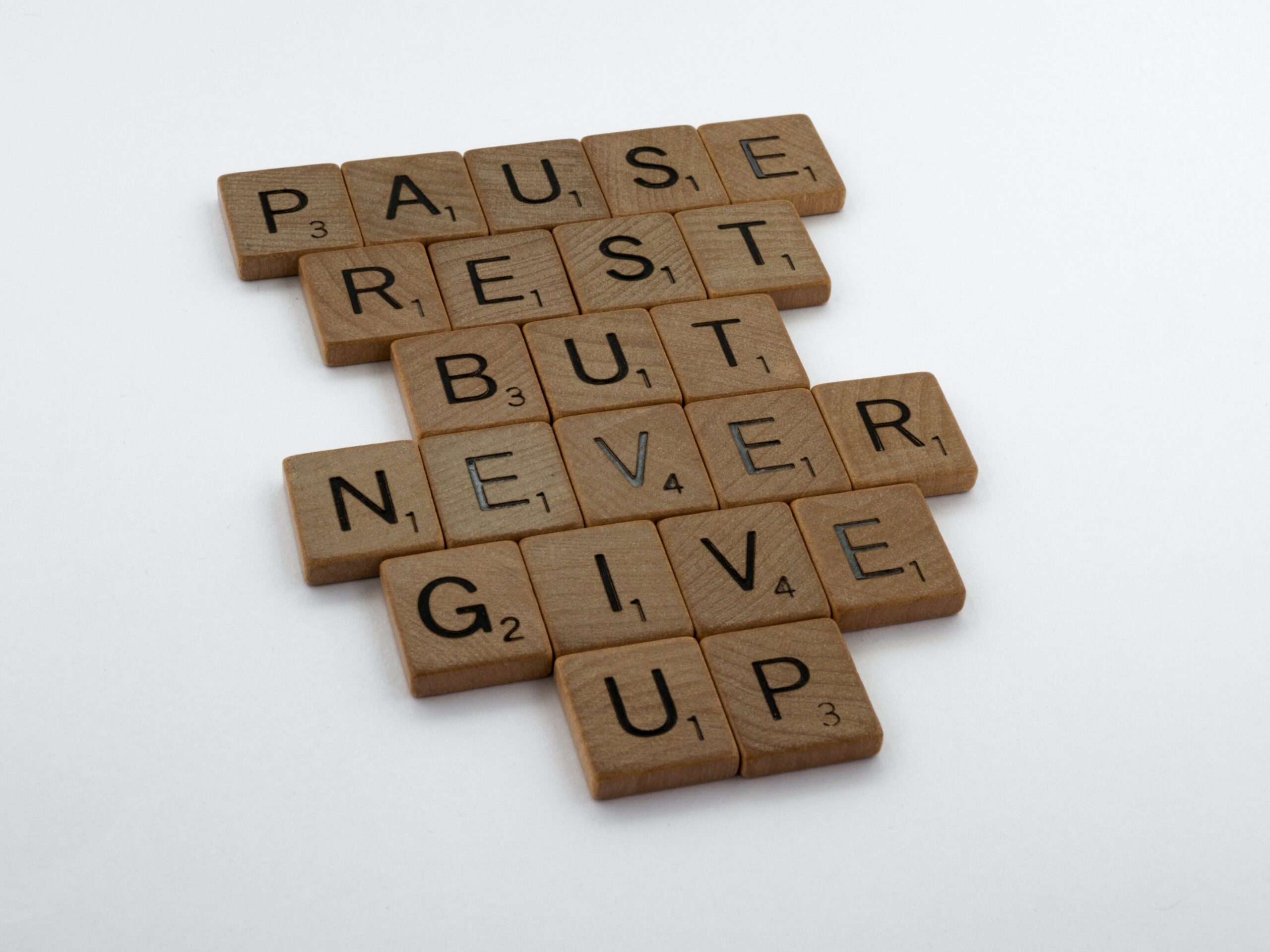by Rebecca Hartfield, LCSW
Over the last 18 months our nation has encountered an enormous amount change, families have experienced grief and loss, increased economic stressors, social unrest and isolation. This has left more than one third of Americans struggling with depression. According to a study released by JAMA Network in September of 2020, this number has increased drastically since before COVID-19. So, what does depression look like?
The Face of Depression
Depression can exhibit itself in many different ways. Men experience depression differently than women and the changes can sometimes be subtle depending on the severity of the symptoms. Many symptoms include unhappiness or sadness that may be unexplainable, tiredness that cannot be overcome by a good night’s rest, trouble falling asleep or staying asleep or sleeping too much. Irritability, anger and frustration may begin to develop in someone that has always been affable. Or, there may be a loss of energy or enjoyment in activities that were once celebrated, dropping out of activities, poor performance at work or school, decreased appetite, over eating and guilt. Often physical pain develops and manifests in muscle spasms, headaches or stomach and digestive issues. An increase in alcohol use can also signify a depressive episode. So, what do you do if you or someone you know is experiencing these symptoms?
There is HOPE
While there is a long list of reasons that cause depression, the fact is, depression is treatable. There are things that each individual can implement in their daily routine to combat depressive symptoms.
One thing that all humans need is sleep. Yes, our bodies tire and need to recharge but our brains do too. One way that you can help signify to your brain that is it time to turn off is to carve out a bedtime routine. Turn off technology an hour before your targeted sleep time. Computers, televisions, phones and iPads emit blue light, this is also the light emitted by the rising sun which tells our brains that it is time to rise. We want our brains to get the message that we are wanting to wind down so darkening lights and creating a routine that calms our mind and body helps set the stage for sleep. Incorporate yoga and deep breathing into your ritual. Certain poses coupled with deep, mindful breathing sends a message to your central nervous system that it is time to sleep. Also, complete these activities each day and eventually you will start to see a difference in the quality of sleep.
Another suggestion is to create a self-care routine. Whether morning or evening, create time and space in your day for self-care. This may include a devotional, listening to an encouraging podcast or book, listen to calming music or engaging in guided meditation through apps like Calm, Headspace or Happify. Take time to exercise. This is also great for your brain and well as your body. When we get our hearts pumping our brain releases all sorts of wonderful chemicals that help us feel better, our bodies also feel better too. Plus, we get the added bonus of feeling physically tired, which helps us sleep.
Seek support. There are many different avenues that one can engage in to connect. Reach out to friends, chances are your friends and loved ones may also be struggling or may feel led to encourage others. Reconnect or engage with a church. Our spiritual selves need to be nurtured along with our body and our minds. Try to have fun, engage in a fun activity, or talk about silly things, a good belly laugh is just as therapeutic as a good cry or exercise. Finally, you may need to connect with a therapist and a physician. Ultimately, depression responds well to a combination of medication and therapy. But you are not alone. Be brave, reach out, and know that there is hope.


Recent Comments